Fuguing from Obrecht to Bach
Streaming May 28-June 3
Call it what you will, polyphonic, contrapuntal, fugal, imitative, the music that generated this program and makes up the greater part of the selections featured was the highest achievement of composers from at least the middle of the 15th century right through to Johann Sebastian Bach in the 18th. One could trace its beginnings even earlier, but particularly with the works of Johannes Ockeghem (c.1410-25 – 1497), one sees the style of imitative polyphony at its most obvious onset, a style in which each voice of a 4-part composition has equal weight, melodic significance, and shared thematic material. No viola parts in these works!
Canon, either strict or free, often played a significant part in this style throughout its history and likely served as a generative force. With this in mind, our program will open with examples of such in the first and second pieces of the show. A fanfare for two straight trumpets in canon, a Piffaro setting, heralds the works to follow, an attention getter to start the program. It’s left next for the quite famous work by Jakob Obrecht, younger contemporary of Ockeghem, entitled simply Fuga, to provide a most vivid example of this polyphonic, contrapuntal feature. Sporting a 3-voice canon over a supporting quasi tenor line in long note values, the work graphically announces the complexity of the works to come. Who would have expected or could have predicted in Obrecht’s day the eventual offspring of Fuga in Bach’s great and justly famous Fugue in Gm for organ, here performed in a transcription for baroque wind instruments!
From Fuga to Fugue, then, from Obrecht to Bach, this program charts the developmental path of contrapuntal composition in all its variegated complexity. The juxtapositions of early to late are striking, seeming worlds apart from one another. The alternation between medieval/renaissance instruments (and pitch, for that matter, a step higher at A=465!) and their baroque descendants (at A=415) certainly contributes to that effect. One might wonder how a combination of the two was accomplished in some of the pieces on the program. But those very combinations reflect the possibilities of instrumental performance in that pivotal 17th century throughout the European continent and beyond.
Striking juxtaposition, yes, but a generational kinship as well. The story the program attempts to tell in one, short hour is both the compositional journey of counterpoint, fuga to fugue, and the instrumental familial ties, shawm to oboe, renaissance recorders to baroque types, dulcian to bassoon, viola da gamba and cello more distantly but historically related, organ and harpsichord sharing historical stages, and a renaissance guitar punctuating an otherwise collaboration of baroque woodwinds, all the instruments on this program that proffer this varied collection of contrapuntal collectables.
-Bob Wiemken
